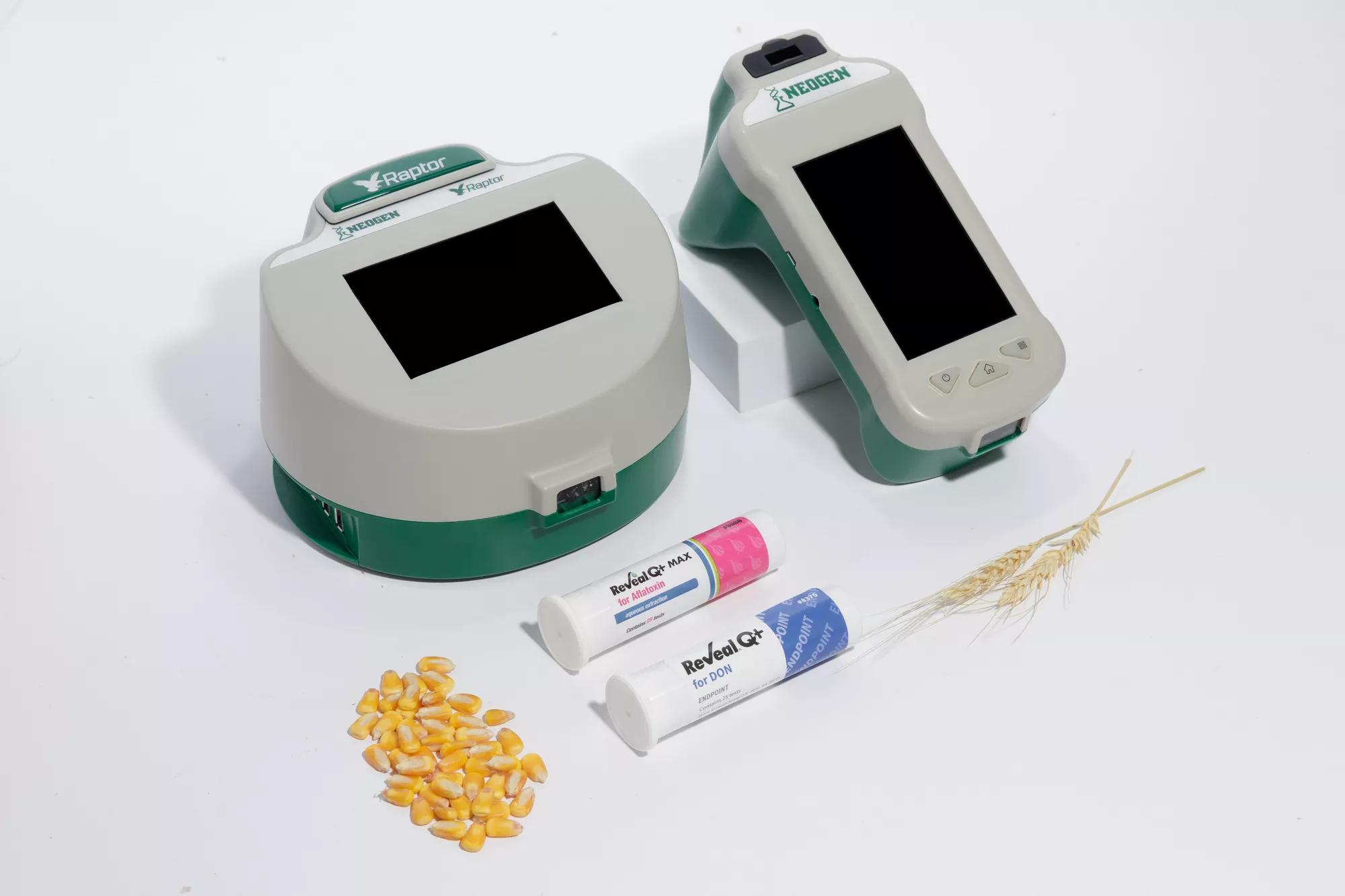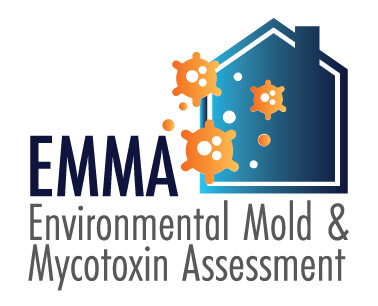Mycotoxin testing Services: A Key Part in Threat Monitoring Approaches
Mycotoxin testing Services: A Key Part in Threat Monitoring Approaches
Blog Article
Just How Mycotoxin Testing Aids Prevent Contamination and Secure Food Supplies

Mycotoxin screening is an indispensable method in the food market, acting as a frontline defense versus contamination by dangerous contaminants produced by molds. Through the application of advanced techniques like High-Performance Liquid Chromatography (HPLC) and Fluid Chromatography-Mass Spectrometry (LC-MS), food manufacturers can properly quantify and find mycotoxin degrees in agricultural products. This positive method not only makes certain conformity with stringent safety policies but additionally alleviates wellness dangers to customers. Normal screening strengthens brand name reputation and financial wellness by minimizing contamination-related events. So, just how exactly do these testing procedures integrate right into the wider food safety approach?
Recognizing Mycotoxins
Understanding mycotoxins starts with identifying that they are poisonous additional metabolites produced by specific mold and mildews, which can infect agricultural products. These metabolites are not vital for the development or reproduction of the fungi however can have serious effects for human and animal wellness. Mycotoxins are generally located in staple plants such as corn, wheat, barley, and nuts, where they can proliferate under particular problems of dampness and temperature level.
There are several kinds of mycotoxins, each produced by different fungal varieties. Fusarium types generate trichothecenes and fumonisins, both of which are linked with various severe and chronic health and wellness concerns.

Threats of Mycotoxin Contamination
The risks of mycotoxin contamination are multifaceted, presenting significant dangers to both food safety and security and public health. Mycotoxins, poisonous compounds created by particular kinds of fungis, can infect a wide range of agricultural products including grains, nuts, spices, dried out fruits, and coffee.
Financial effects are another major concern. Polluted crops can cause considerable financial losses for farmers and food producers because of lowered yields and the requirement for pricey decontamination measures. Furthermore, worldwide trade can be considerably prevented as nations implement strict mycotoxin guidelines to shield their populaces, leading to declined shipments and strained profession relationships.
Ecological aspects such as climate change intensify the danger of mycotoxin contamination. Variants in temperature and moisture can develop beneficial problems for fungal development, raising the chance of contamination events. Hence, understanding and minimizing these threats are vital for making certain the safety and integrity of international food products.
Approaches of Mycotoxin Evaluating
Accurately recognizing mycotoxin contamination in agricultural items is essential for guarding public health and wellness and keeping food security criteria. Different methods are employed to find and measure mycotoxins, each offering particular benefits and restrictions.
High-Performance Liquid Chromatography (HPLC) is a commonly utilized method as a result of its high sensitivity and precision. It includes separating mycotoxins from other compounds in a sample, enabling accurate metrology. In A Similar Way, Fluid Chromatography-Mass Spectrometry (LC-MS) incorporates liquid chromatography with mass spectrometry to offer detailed molecular details, making it particularly useful for identifying multiple mycotoxins at the same time - Mycotoxin testing Services.

Gas Chromatography-Mass Spectrometry (GC-MS) and Thin-Layer Chromatography (TLC) are also employed, each with unique applications. GC-MS works for unstable mycotoxins, while TLC supplies a less complex, cost-efficient option for preliminary testing.
Benefits of Normal Evaluating
Normal screening for mycotoxins in farming products offers countless benefits, substantially adding to public health and food safety and security. By identifying contamination early, normal testing helps stop the distribution of harmful foods, therefore decreasing the danger of mycotoxin-related ailments amongst customers. This aggressive strategy not only safeguards human health yet also click for more info boosts the total more info here quality of food products.
Various nations and areas have actually developed stringent limits for mycotoxin degrees in food and feed. Adhering to these limitations through normal testing makes sure that distributors and producers fulfill legal standards, thereby preventing penalties and trade barriers.
Furthermore, routine mycotoxin testing can cause significant financial benefits. Early detection of contamination enables prompt intervention, reducing possible losses from prevalent contamination. Carrying out regular testing procedures can additionally reduce recall expenses and relevant obligations, which can be economically ravaging.
Moreover, routine screening provides important data that can notify better farming methods and storage space conditions. By understanding patterns of contamination, manufacturers can take on preventive procedures, therefore adding and reducing future threats to the sustainability of the food supply chain.
Applying Evaluating Procedures
Carrying out effective mycotoxin testing procedures is critical for making sure the safety and security and quality of farming items. Establishing a robust testing framework involves several crucial steps, starting with the recognition of possible contamination factors within the manufacturing and supply chain. This consists of pre-harvest, post-harvest, storage space, and distribution phases. Each phase should be scrutinized to determine where mycotoxin contamination is probably to happen.
Once essential control points are determined, picking proper testing approaches is crucial. Typical techniques include enzyme-linked immunosorbent assay (ELISA), high-performance liquid chromatography (HPLC), and mass spectrometry (MS) Read More Here Each technique has its staminas and weaknesses; thus, choosing the right one depends on the certain mycotoxin being evaluated, the needed sensitivity, and available resources.

Finally, integrating the screening protocols into a comprehensive food security monitoring system is recommended. This boosts traceability and enables speedy restorative actions when contamination is identified, thus guarding the integrity of the food supply chain.
Verdict
Mycotoxin testing is necessary in stopping contamination and safeguarding food materials by allowing very early detection of unsafe contaminants produced by molds in farming products. Advanced approaches such as HPLC and LC-MS guarantee conformity with safety and security policies and shield consumers from health dangers. Normal testing improves brand name online reputation, financial stability, and count on food safety and security by minimizing contamination-related losses and preserving high criteria in food manufacturing. Implementing extensive screening methods is thus necessary for the sector's overall well-being.
Mycotoxin screening is a crucial technique in the food sector, offering as a frontline defense against contamination by damaging toxic substances produced by molds. An incorporated strategy entailing farming methods, storage management, and normal screening can alleviate the risks associated with mycotoxin contamination, ensuring food safety and public wellness.
The dangers of mycotoxin contamination are diverse, positioning significant hazards to both food safety and security and public health and wellness.Regular screening for mycotoxins in farming products supplies countless advantages, substantially contributing to public wellness and food security.Mycotoxin testing is essential in protecting against contamination and securing food supplies by making it possible for early discovery of dangerous toxic substances generated by molds in agricultural items.
Report this page